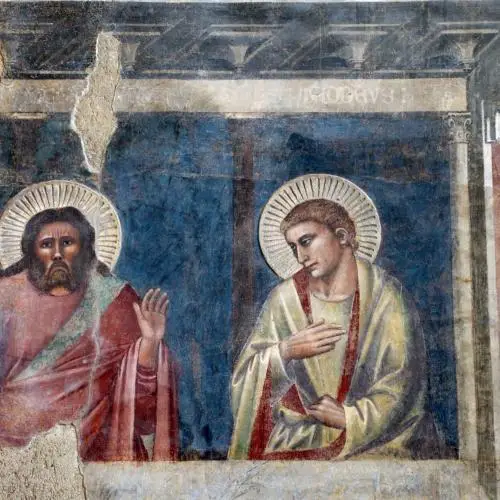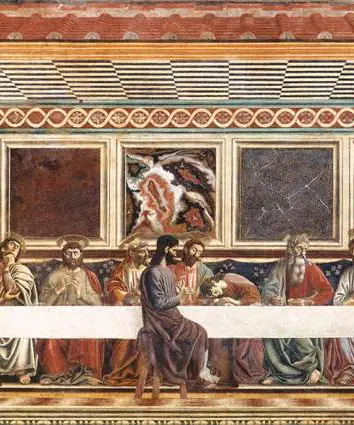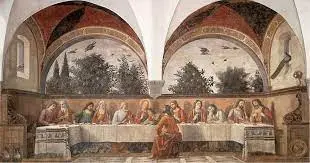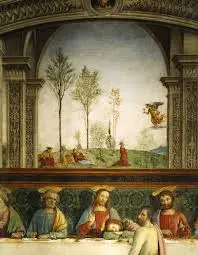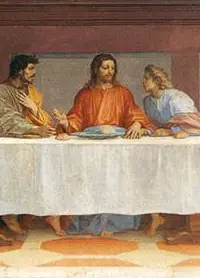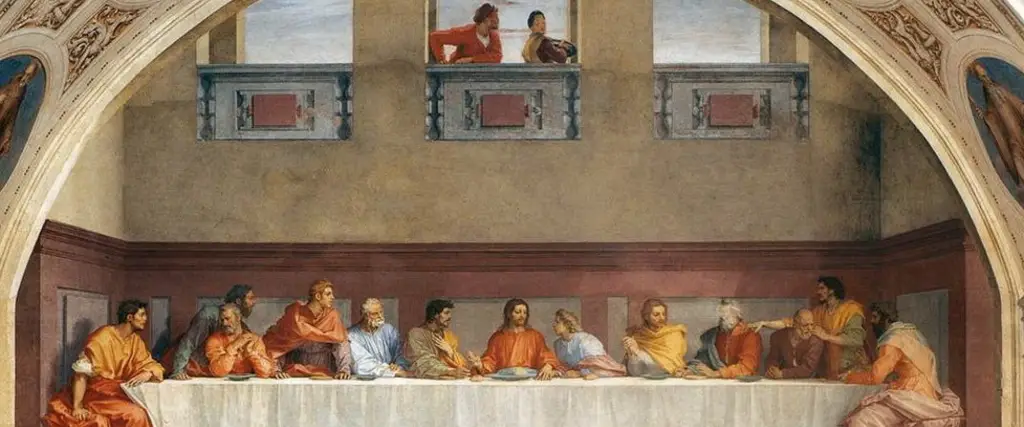
The Cenacles of Florence
This itinerary, featuring art and spirituality, will allow you to discover an all-Florentine anomaly: the tradition of the Cenacles (conventual places decorated with the theme of the Last Supper), which were often painted in fresco by great artists. This is a journey through the centuries that will illustrate to us the development of Florentine painting, opening the doors of unique environments located far from mass tourism.
The term "Cenacle" is commonly used to refer to the room (the Refectory) where the religious community met during meals. However, it also uses pictures for a representation of the Last Supper: an iconographic choice that was not accidental, as it allowed the community to ideally share the table with Christ and his Apostles.
In the depictions, the painters tried to condense a series of significant moments narrated in the Gospels: the announcement of the betrayal of Christ, the doubt among the Apostles, the identification of the traitor in the person of Judas, and the institution of the sacrament of the Eucharist.
It’s interesting to note the evolution of the theme from the first fourteenth-century representations (the Last Supper scenes were a marginal part of a decorative context always linked to the theme of the Passion of Christ, intuitive perspectives, rigid disposition of the diners) to the fifteenth and sixteenth-century developments. Through these, the theme gains its independence. The architectural representations are perfected in conjunction with the interactions among the various characters, their moods, and the details of the still life. As a result of his Florentine training, Leonardo da Vinci, before frescoing his Last Supper in Milan (1495), thought of this iconographic repertoire, which he developed masterfully.
Although there are a considerable number of Florentine Cenacles (painted by numerous artists, in different eras), for this tour we have selected only the most representative and that can be easily visited. This itinerary’s experience is enhanced through the FeelFlorence App.

